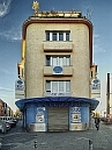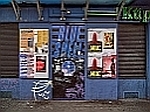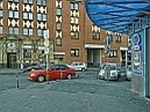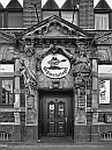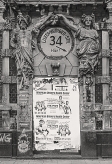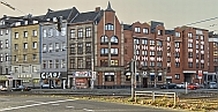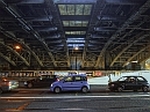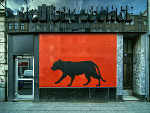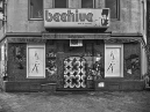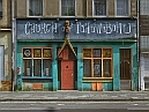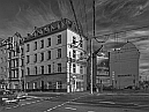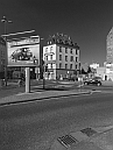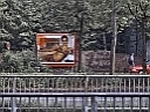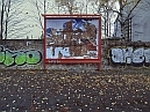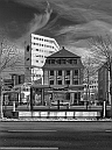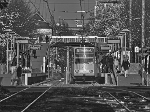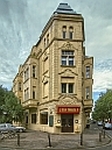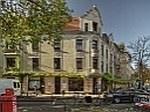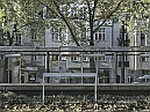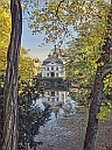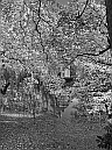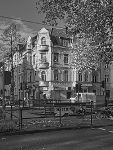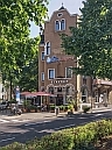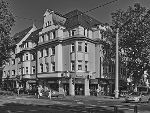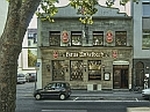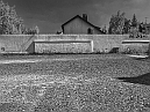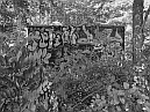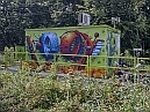Commentary
The Luxemburger Avenue in Cologne is 2000 years old. Once it lead as a Roman arterial road to Treves an henceforward to Reims, that was past the Roman era a center of the Frankish Merovigian empire. At that time Cologne was an subcenter dominant to the Northeast of that empire.
From 1880 in order of enlargement of the city between the "Ringstraßen" parallel to the medieval city wall and the "innerem Grüngürtel" the Colonian Neustadt arose according to ideas of Josef Stübben. Despite the demages of World War II its architcture is still identifiable. Forward out of town large building projects (centre of justice, employment centre etc.) were reaslized on a site of a former freight yard of the Köln-Bonner Railways left from Luxemburger Avenue.
After the intersection of Luxemburger Avenue and Universitätsstraße with the mighty Uni-Center (architect Werner Ingendaay, 1973), are urban residentials, which were built there and in the neighbouring streets of Sülz from about 1900. Outstanding is the small baroque style moated castle "Weißhaus" from 1619 amidst an old park. Today runs the city railway line 18 between the lanes of the Luxemburger Avenue and exactly underneath in the subgrade flows the local brook "Duffesbach" – in a concrete tube.
